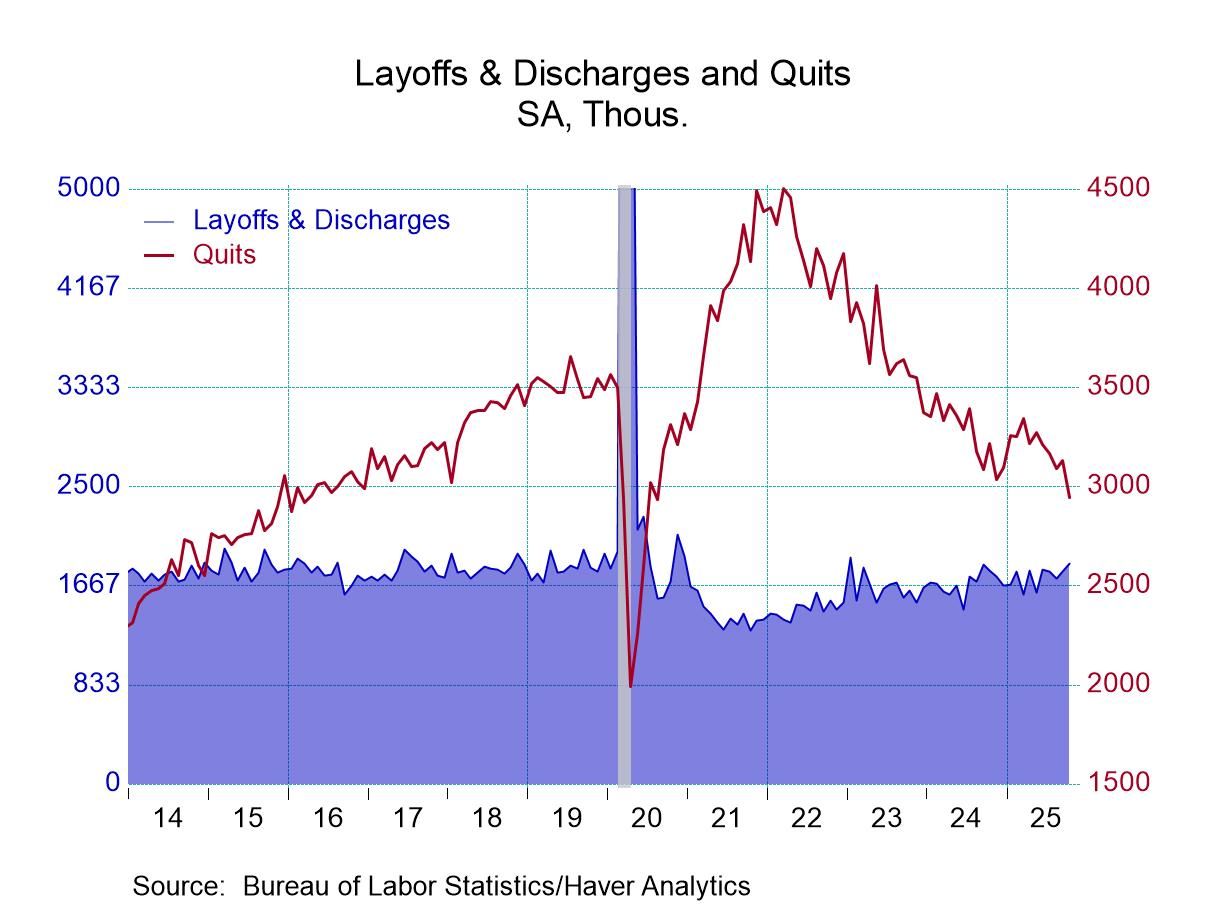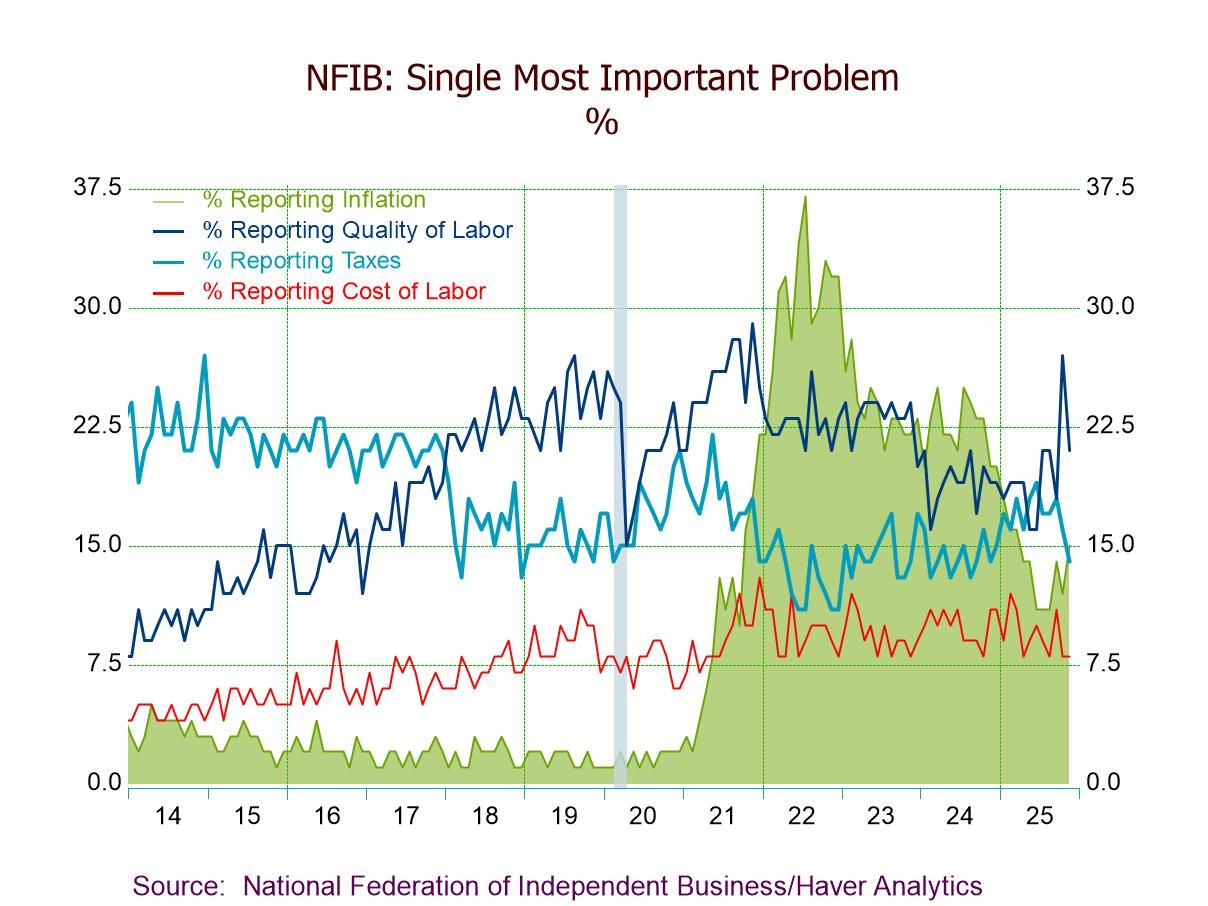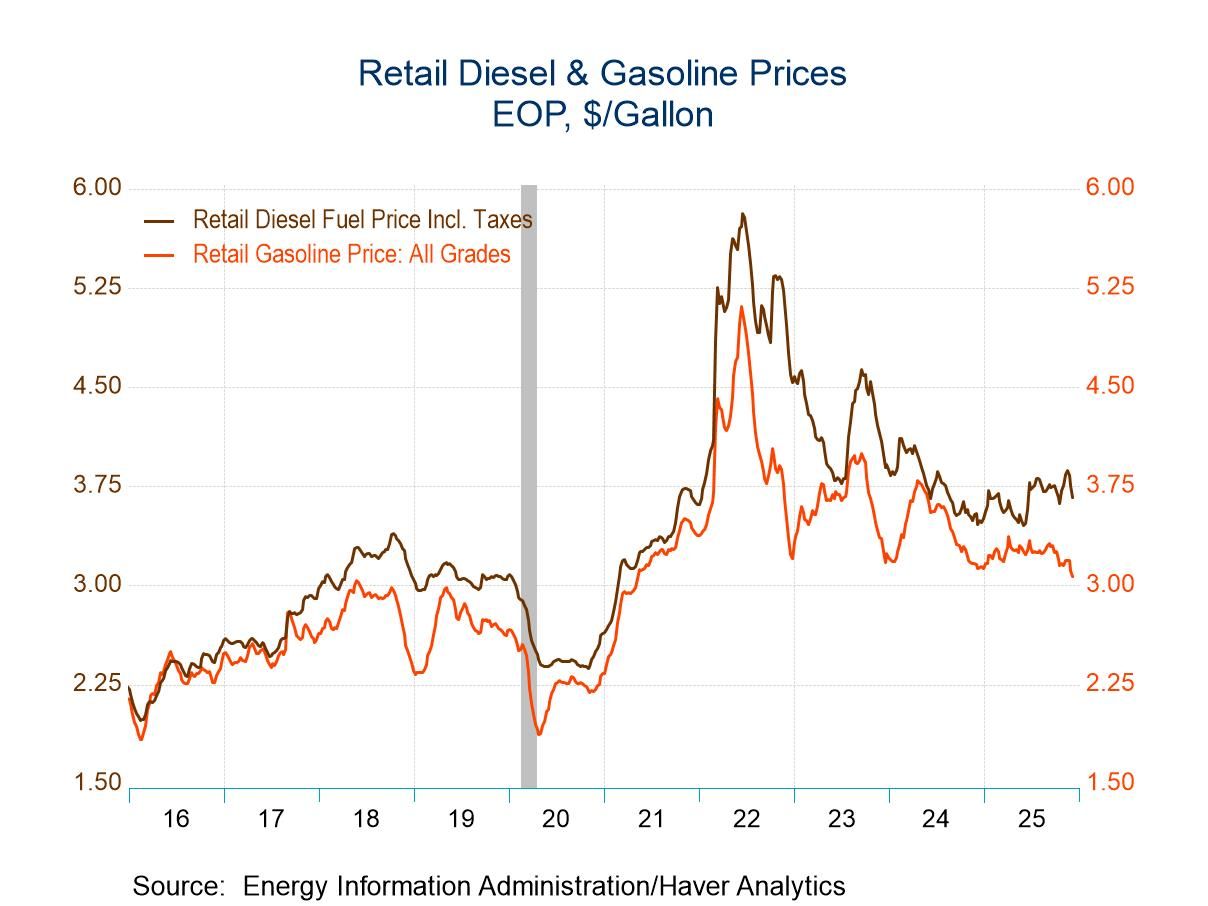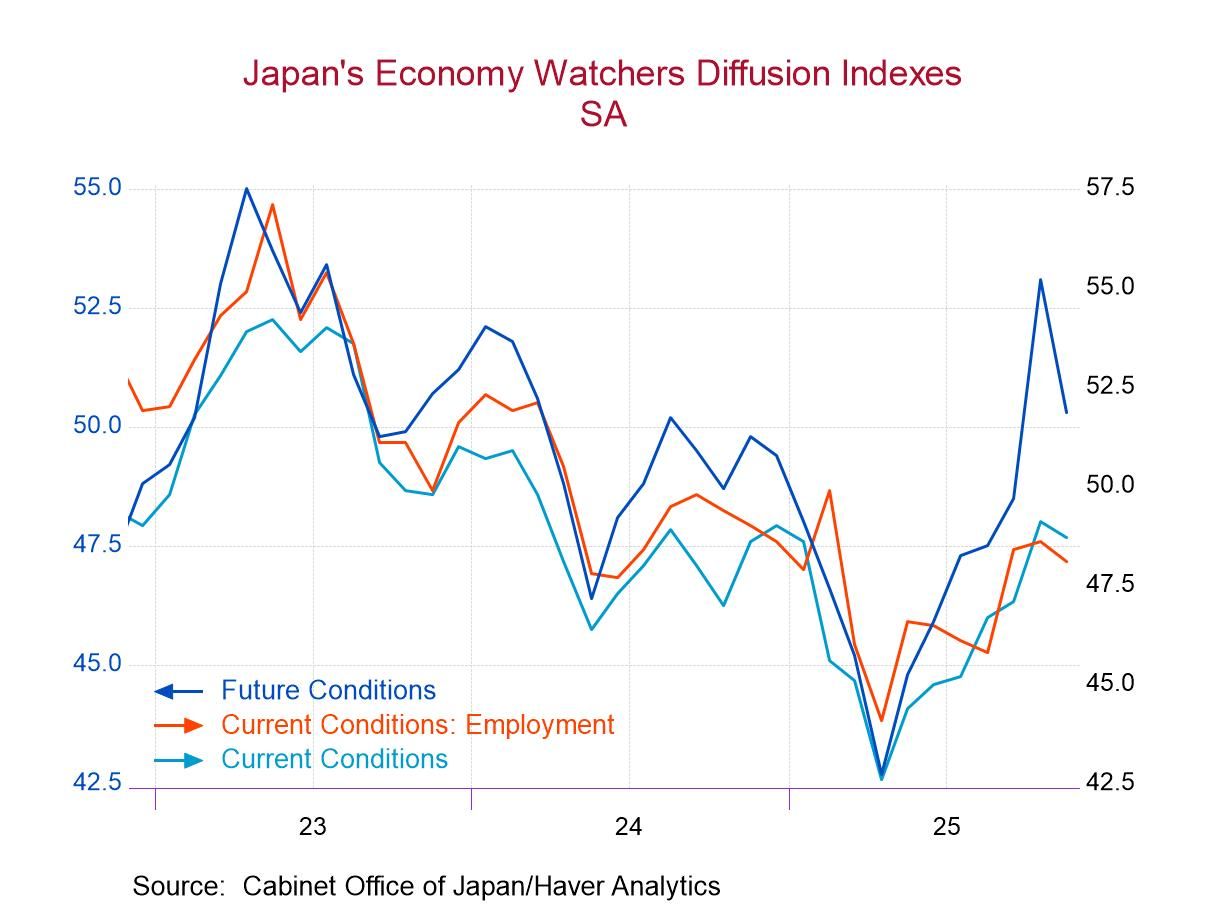 Global| Mar 10 2005
Global| Mar 10 2005A Developing Upturn in Japanese Industry Pricing?
Summary
In recent years, when we think of Japan's economy, we almost immediately think of deflation. But some prices have been turning around over the last several months, possibly bringing to a conclusion this unpleasant episode. Today in [...]
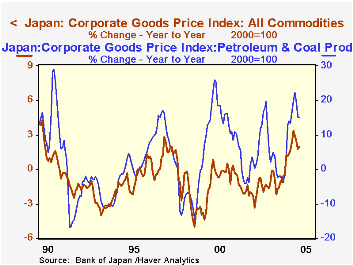
In recent years, when we think of Japan's economy, we almost immediately think of deflation. But some prices have been turning around over the last several months, possibly bringing to a conclusion this unpleasant episode. Today in Tokyo, the Bank of Japan reported its February corporate goods price index (CGPI). This broad wholesale price index is a measure of average business transaction prices among domestic, export and import goods. Its 12-month percent change turned positive last May after almost exactly three years of persistent decline. The index reached a recent peak of 3.4% inflation in October and has actually settled back somewhat since then, rising 2.5% across 2004 as a whole and up 2.0% in these latest February figures.
"Oh, the recent strength is just an oil-price phenomenon," you might argue, and indeed, the total index did move into positive territory soon after key world oil prices began to move strongly higher. But year-to-year inflation in petroleum has only a 52% correlation with the manufacturing subset of these prices. So clearly, more is at work here. Other world commodity prices play a role, particularly for metals. As seen in the second graph, the nonferrous metals component of the CGPI moves similarly with the price of copper on the London Metals Exchange; the correlation over the last 15 years has been a substantial 76%. The iron and steel component of CGPI has a 73% correlation with the analogous component of producer prices in the Euro-Zone. So several raw materials are pushing up overall wholesale prices.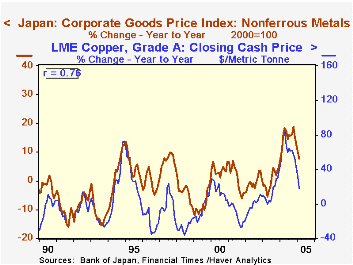
Among processed and finished goods, 12-month price changes are positive for such diverse segments as ceramic products and general machinery, besides petroleum-related items including chemicals and plastics. Intermediate goods prices are positive overall, while total "final goods" price changes remain in negative territory, particularly for consumer goods.
The generally firming prices are at once a help and a hindrance to Japanese industry. The higher materials costs are burdensome unless they can be passed along. But what we seem to be seeing here is a gradual push of these costs through the production chain, hinting that some support to final demand pricing may be developing. While still showing deflation, the erosion in final goods prices has diminished somewhat.
| Japan 12-Month % Changes |
Feb 2005 | Jan 2005 | December/December|||
|---|---|---|---|---|---|
| 2004 | 2003 | 2002 | |||
| Total CGPI | 2.0 | 1.8 | 2.5 | -1.6 | -1.3 |
| Manufacturing | 1.6 | 1.7 | 2.3 | -2.1 | -1.6 |
| Petroleum & Coal Products | 14.9 | 15.2 | 20.2 | -2.1 | 12.5 |
| Raw Materials | 11.2 | 8.6 | 10.9 | 2.0 | 7.5 |
| Intermediate Goods | 3.7 | 4.0 | 4.7 | -0.1 | -0.6 |
| Final Goods | -1.5 | -1.9 | -1.5 | -1.8 | -2.6 |
Carol Stone, CBE
AuthorMore in Author Profile »Carol Stone, CBE came to Haver Analytics in 2003 following more than 35 years as a financial market economist at major Wall Street financial institutions, most especially Merrill Lynch and Nomura Securities. She had broad experience in analysis and forecasting of flow-of-funds accounts, the federal budget and Federal Reserve operations. At Nomura Securities, among other duties, she developed various indicator forecasting tools and edited a daily global publication produced in London and New York for readers in Tokyo. At Haver Analytics, Carol was a member of the Research Department, aiding database managers with research and documentation efforts, as well as posting commentary on select economic reports. In addition, she conducted Ways-of-the-World, a blog on economic issues for an Episcopal-Church-affiliated website, The Geranium Farm. During her career, Carol served as an officer of the Money Marketeers and the Downtown Economists Club. She had a PhD from NYU's Stern School of Business. She lived in Brooklyn, New York, and had a weekend home on Long Island.


